Many backyard beekeepers encounter the challenge of swarming. Although this behavior is natural, it can interrupt your routine by forcing you to adjust plans and techniques. Swarming occurs when a colony becomes overcrowded or stressed, triggering a natural process for colony reproduction. Addressing the situation early helps maintain hive productivity and reduces stress for both you and your bees.
Swarming can be managed with careful observation and practical techniques. With the right knowledge and routine checks, you can keep your colony healthy and under control. This article outlines steps and tips on controlling swarming in your backyard beehive, offering an all-in-one guide from prevention to troubleshooting common issues.
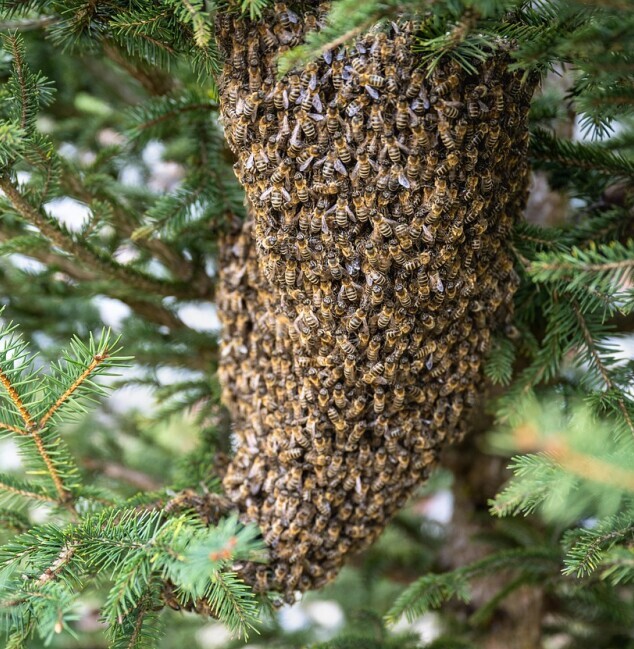
Step 1: Understand Why Bees Swarm
Before you kick things off with prevention techniques, it’s important to understand why bees decide to swarm. Swarming is a natural process that allows a colony to reproduce and start a new colony. When preservation of your hive is a priority, knowing the triggers helps you stay ahead of any problems.
Key Questions to Consider:
- Are the bees crowded in the hive?
- Have they stored enough resources to support a new split colony?
- Is the queen’s pheromone still strong enough to hold the hive together?
- Are sudden changes in weather or environment putting too much stress on the bees?
Example Observations:
- A reduction in the queen’s pheromone can prompt young bees to prepare for swarming.
- Overcrowding is a main trigger; when bees feel cramped, they begin searching for a new home.
- Seasonal changes during warm spring and early summer often increase the likelihood of swarming.
Understanding these causes lets you build a strategy around checking hive conditions regularly and addressing issues before they escalate.
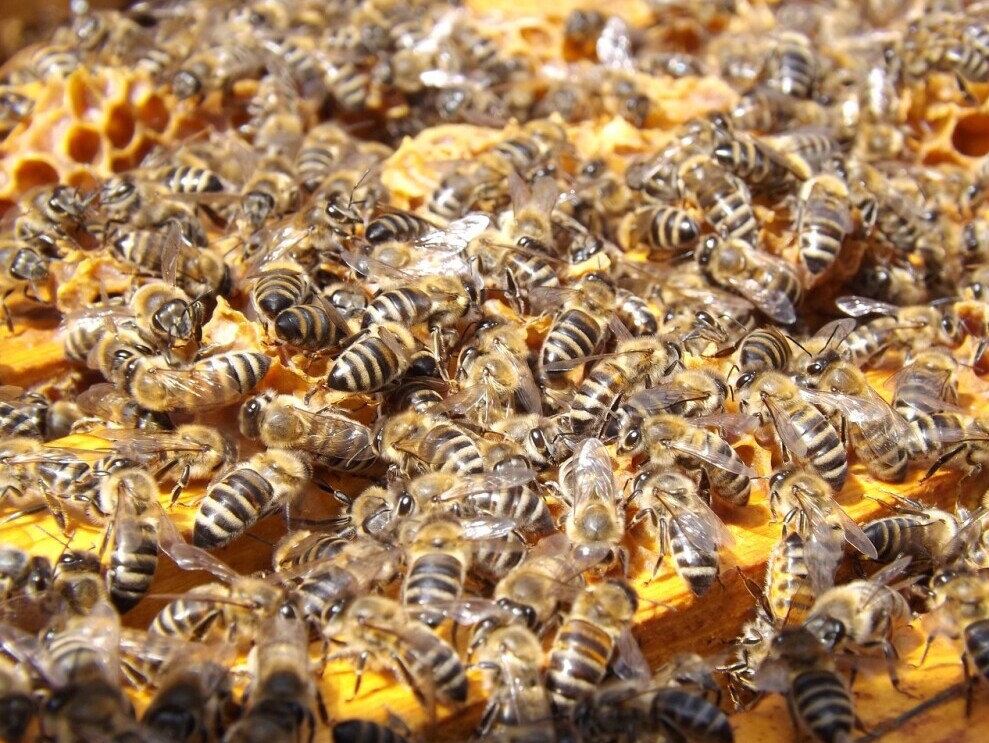
Step 2: Conduct Regular Hive Inspections
Frequent inspections are a core habit for any successful beekeeper. Regular hive checks provide insights into the colony’s health, queen vitality, and space available. Inspections are the best time to determine if conditions are right for swarming.
What to Look For During Inspections:
- Signs of overcrowding.
- Queen cells: Several queen cells mean the bees are preparing to swarm.
- Pollen and nectar storage: Inadequate supplies add stress to the colony.
- General bee behavior: Agitation or frenzied movement may indicate underlying stress.
Inspection Tips:
- Plan a routine inspection schedule, ideally every 7-10 days during peak foraging seasons.
- Keep a log of your observations so you can spot patterns over time.
- Adjust how frequently you inspect based on the weather and season; warmer days may require extra care.
Continuously monitoring your hive allows you to catch early signs of stress and take corrective actions before the bees decide to swarm.
Step 3: Provide Adequate Space and Ventilation
Bees need room to grow, move, and work efficiently. An overcrowded hive restricts movement and reduces airflow, which increases stress. Maintaining ideal conditions helps deter swarming tendencies.
Ways to Increase Hive Space:
- Adding supers: Introducing additional boxes gives bees extra room to store honey and expand the brood area.
- Hive splitting: When the hive becomes too crowded, splitting it into two can curb swarming and even start a new colony.
- Ventilation improvements: Ensure your hive has proper airflow to reduce humidity and overheating inside the colony.
Additional Suggestions:
- Examine frames that appear too close together. Extra space lets workers maneuver more easily.
- Consider simple insulation changes or relocating boxes for better airflow.
Increasing space and ventilation creates a more comfortable environment, reducing the bees’ natural urge to swarm.
Step 4: Manage Hive Conditions and Limit Stress
Swarming can be triggered by various stresses, many of which are under your control. Environmental changes, temperature fluctuations, and pests can signal the bees to leave the hive.
How to Lower Stress in Your Hive:
- Keep a stable temperature: Extreme temperature shifts unsettle both the queen and worker bees.
- Control pests and diseases: Regularly examine your hive for mites, wax moths, or signs of infection because a healthy hive is less prone to swarming.
- Handle with care: Minimize rough handling during inspections. Gentle movements help keep the bees calm.
- Monitor food supplies: Ensure nearby forage is abundant so that the bees feel secure and are less desperate to leave.
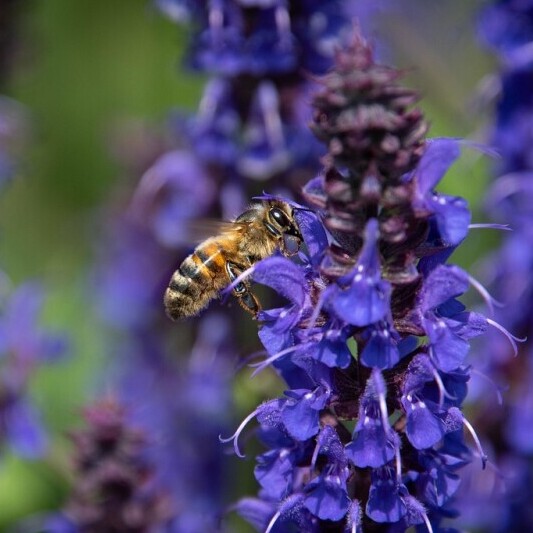
Creating a Calmer Hive Environment:
- Inspect during milder parts of the day and avoid the peak heat hours.
- If natural forage is scarce, use sugar syrup feeding sparingly and only as a short-term fix.
- Keep records of weather conditions and hive behavior to better plan your interventions during extreme periods.
By carefully managing hive conditions, you can lower stress levels and keep your colony more stable.
Step 5: Implement Swarm Control Techniques
There are several reliable techniques to help control swarming in your backyard beehive. Each method guides your colony away from the impulse to leave and helps manage the process of reproduction more deliberately.
Common Techniques:
- Queen clipping: Some beekeepers clip the queen’s wings so she cannot fly off even if a swarm occurs. This is a temporary measure and must be done carefully (not personally recommended but it has been done).
- Artificial swarm: Splitting the hive when you see signs of swarming relocates part of the colony into a new box. This prevents a full-scale swarm and helps start a new colony.
- Requeening: Introducing a new queen can reset the colony’s dynamics and reduce the likelihood of swarming if the original queen’s pheromone signal has weakened.
- Adding more supers: Expanding the hive by adding extra boxes often gives the bees more room, delaying or preventing swarming.
Example Strategy:
- If multiple queen cells are observed during an inspection, consider performing an artificial swarm. Split a few frames from the crowded hive to let part of the colony establish elsewhere.
- If the hive is crowded but queen cells are not common, adding another super might give the bees adequate space to continue without swarming.
Swarm control is both an art and a science. With consistent observation and gradual trial of different methods, you can decide which technique best suits your beekeeping style.
Step 6: Time Your Actions with Seasonal Changes
Seasonal shifts play a significant role in swarming behavior. Most swarms occur during the warmer months when the colony is strong and the weather is favorable for foraging. Adjusting your practices in line with seasonal changes helps reduce swarming risks.
Adapting Your Routine with the Seasons:
- During early spring, focus on hive expansion. This is the time to give your bees extra space as their numbers grow.
- In mid to late spring, be extra alert. A surge in brood rearing can trigger swarming if the hive becomes too congested.
- Late summer calls for attention to food stores. Low supplies may stress the colony and prompt a swarm.
- In cooler months, swarming risks are lower, so you can concentrate more on maintenance and winter preparations.
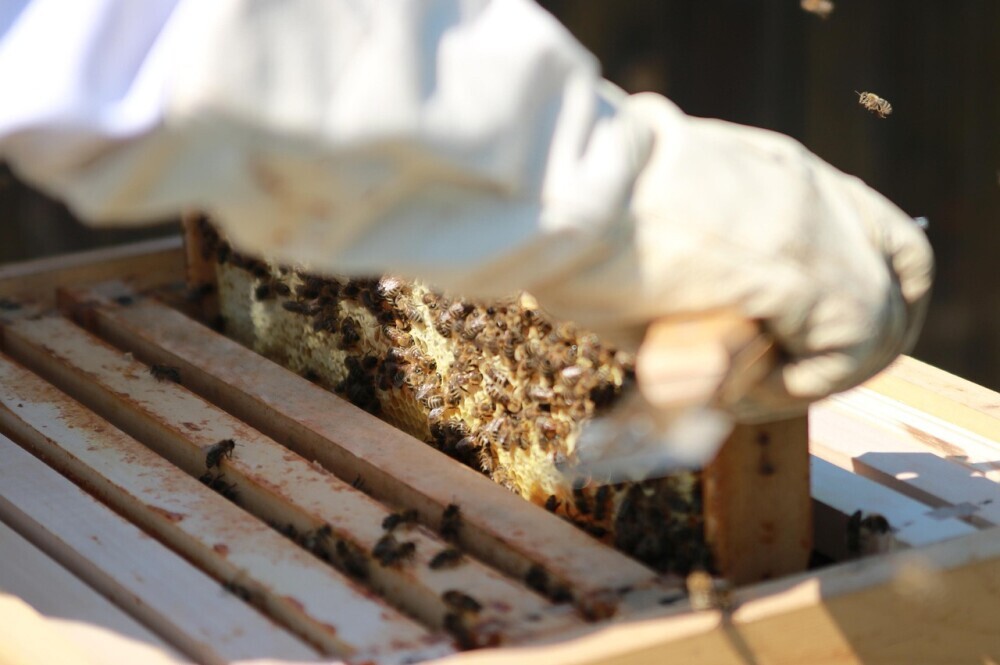
Monitoring Seasonal Trends:
- Keep a seasonal log of hive behavior, noting changes in brood patterns, honey storage, and overall activity.
- Adjust your inspection schedules and interventions based on temperature trends and daylight changes.
- Understanding how bees respond to seasonal shifts will help you better plan your beekeeping routine.
By aligning your practice with natural seasonal rhythms, you can more effectively manage the risk of swarming.
Step 7: Monitor and Adapt Your Strategies
No single method is foolproof. Continuous monitoring and periodic adjustments in your techniques are very important. You might find that a method that worked one season needs to be tweaked for the next. Long-term tracking of your hive’s performance and stress indicators is key to ongoing success.
Tips for Ongoing Improvement:
- Maintain a beekeeping journal to record inspections, interventions, and outcomes.
- Connect with local beekeeping clubs or online communities to swap ideas and proven methods.
- Introduce new techniques gradually, monitoring their results over several weeks before making further changes.
- Remain flexible and adjust your routine based on weather, resource availability, and observed colony behavior.
By staying curious and adaptable, you build a resilient approach to managing swarming that evolves with your hive and environment.
Common Questions & Troubleshooting
What if I find too many queen cells at once?
If an abundance of queen cells appears, it is often a sign that the bees are ready to swarm. At this stage, consider splitting the hive or using an artificial swarm technique to reduce congestion. Early intervention can stop the full swarm from departing. However, keep in mind that the hive may swarm anyway.

How do I know if my hive is just growing or if it is at risk of swarming?
- Look for congestion on brood frames.
- Examine whether queen cells are forming in large numbers, which is more concerning.
- Check the available space in the hive; limited room accelerates swarming behavior.
- Sometimes you may find a larger drone population.
What should I do if my bees continue to swarm despite preventive measures?
If swarming persists, it may be necessary to implement multiple interventions. Consulting experienced beekeepers or local associations can provide insights tailored to your region. Regularly update your techniques, and consider options like requeening or adjusting hive configurations as needed.
Final Thoughts & Next Steps
Controlling swarming in your backyard beehive takes effort, careful observation, and clear planning. By understanding why bees swarm, conducting regular inspections, providing adequate space, managing stress, and applying effective control techniques, you set the stage for a healthier, more productive hive.

Your Action Plan:
- Review your hive setup right away and check for overcrowded areas.
- Add extra space by installing additional supers or by splitting the hive when congestion is observed.
- Keep detailed records of seasonal changes and hive behavior to fine-tune your approach over time.
- Introduce one new swarm control technique at a time and monitor its effectiveness before making further changes.
Your backyard beehive is a dynamic system that responds to small changes. Constant observation and a willingness to adapt will guide you toward long-term success. Take the time to refine your techniques and share your experiences with other beekeepers. Happy beekeeping, and may your hive remain calm and productive!
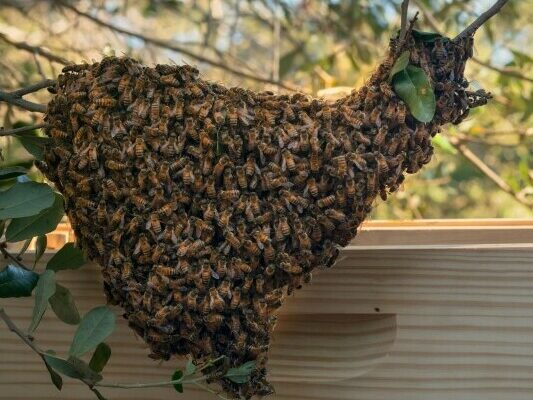
2 comments on “How To Control Swarming In Your Backyard Beehive”
Dan Maxwell, Jr
February 17, 2025 at 7:54 amThis article offers a wonderfully detailed guide to managing swarming in backyard beehives. Even though I’m not a beekeeper myself, I truly appreciate how it breaks down the natural behavior of bees, the importance of regular inspections, and the practical strategies needed to keep a hive calm and productive. The clear, step-by-step approach from understanding why bees swarm to providing them with adequate space and managing stress makes it accessible for beekeepers at any level. Your focus on continuous observation, adapting strategies with the seasons, and sharing insights with the community is not only informative but also very encouraging.
I really enjoyed reading this article. Keep up the great work, and happy beekeeping!
Randi
February 17, 2025 at 3:50 pmHi Dan,
Thanks so much! I’m really glad you found the article informative, even as someone who isn’t a beekeeper. Swarming is such a natural part of hive life, and keeping a close eye on colony behavior makes a huge difference in managing it. I appreciate the kind words!